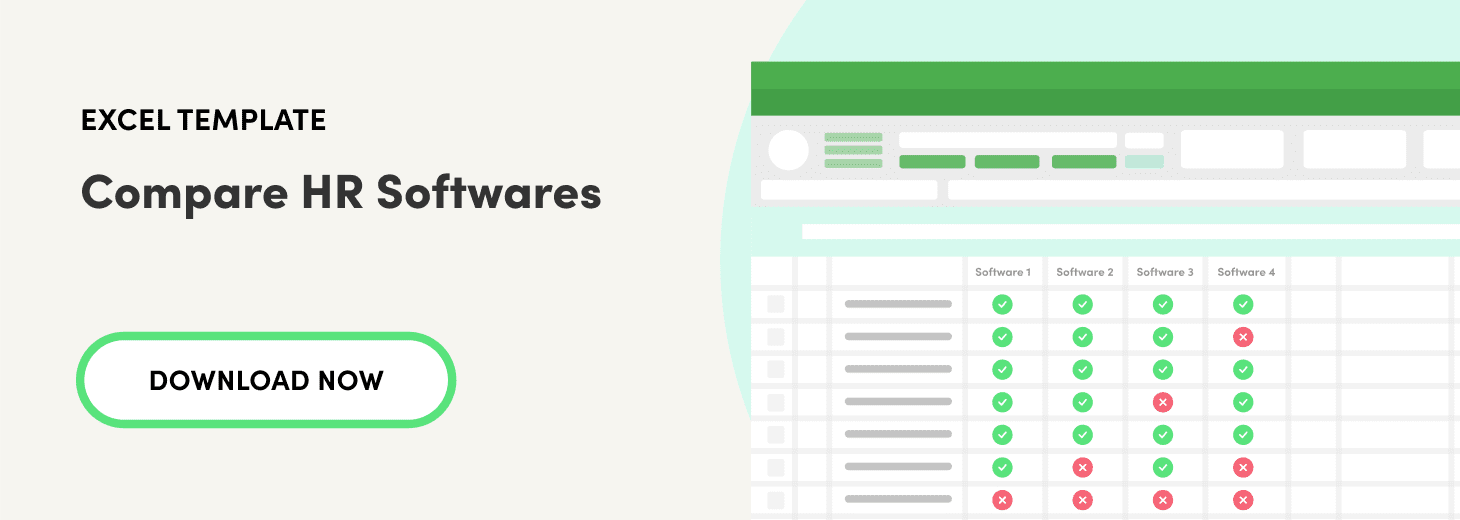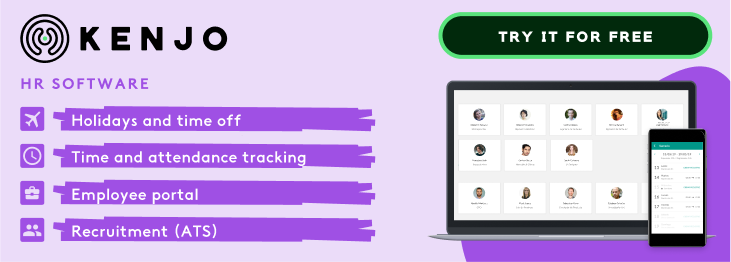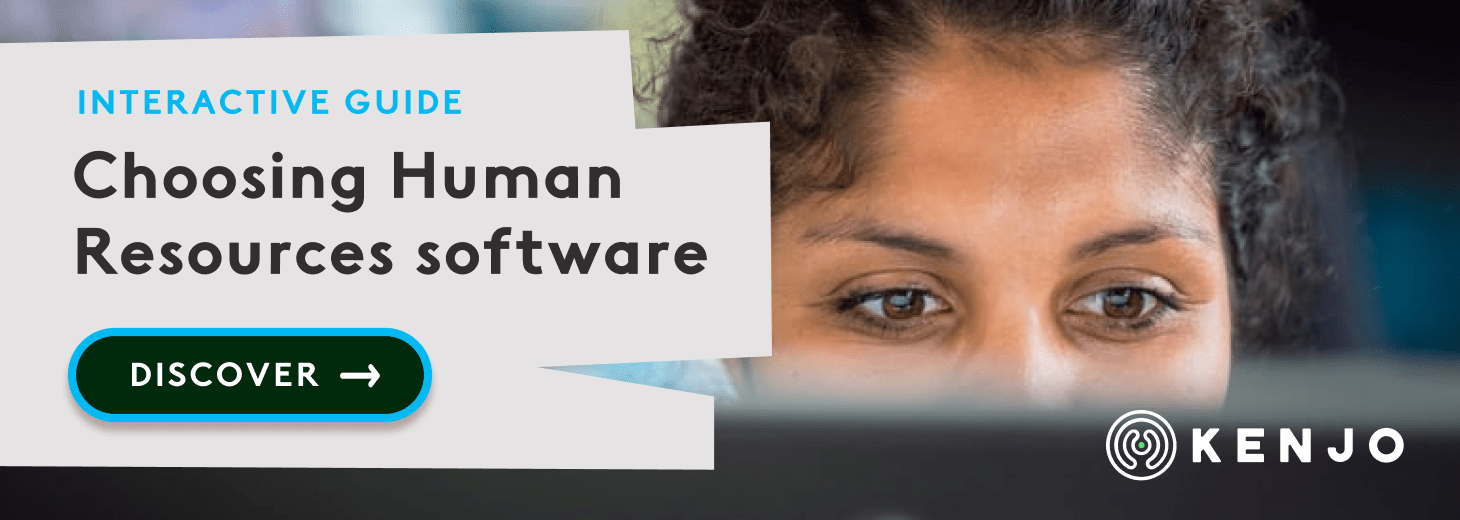What is HRIS software?
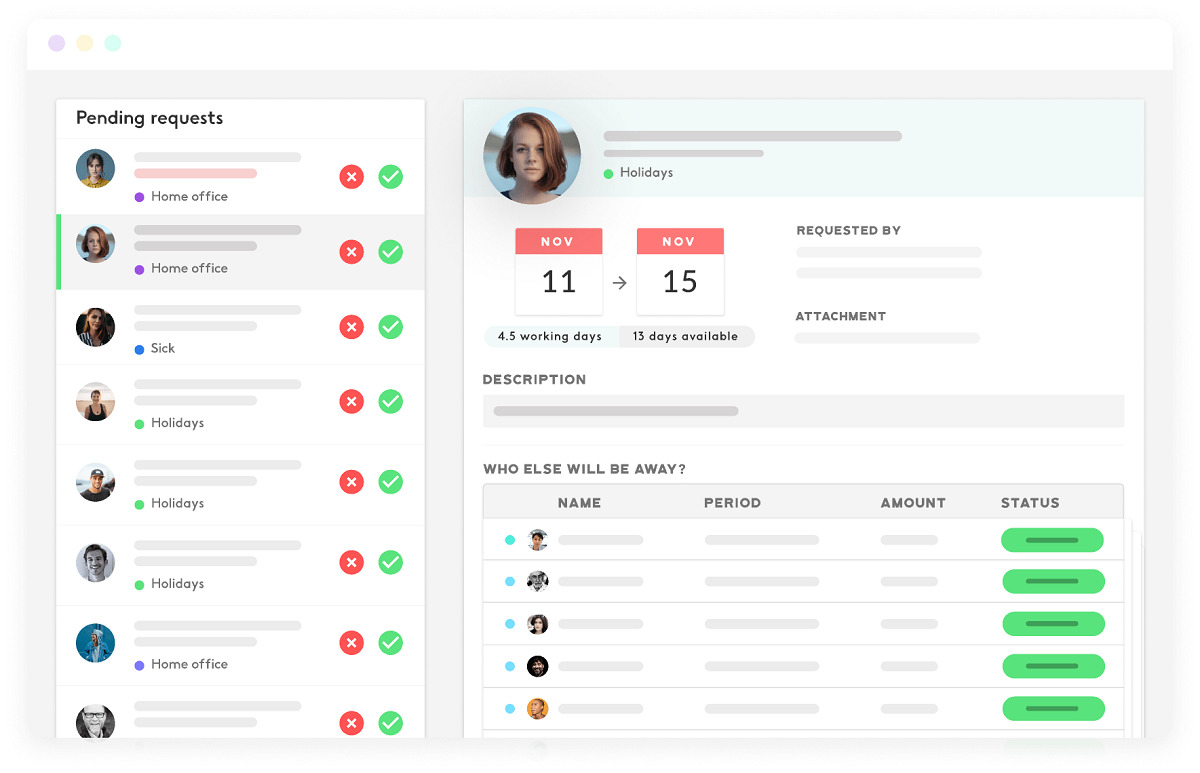
Human Resources Information System saves companies time and enables them to focus on what's really important: people.
Something as simple as using the right software and integrate them into a single platform could completely change an HR department's dynamics and results.
What's the meaning of HRIS?
Human Resources Information Systems, or HRIS, combine all the tools or software an HR department needs to carry out its activity with maximum efficiency.
Oracle defines it as a set of tools that organisations use to manage their internal HR functions. The company regards it as a fundamental tool for managing human capital today.
HR Professionals should make the most of new technologies to fulfil a large part of their responsibilities. For example:
- Time and attendance systems.
- Workplace surveys.
- Payroll management software.
- Recruitment and selection systems.
In the beginning, basic payroll management software was the only type available on the market. However, as automation and artificial intelligence have become more widespread, new solutions that meet other needs of the department have emerged. HRIS software combines everything in one platform, offering you a single and integrated tool.
By digitising and optimising many of these tasks, the HR team can dedicate more time to other, more complex activities.
What's the difference between an HRIS and an HRMS?
A Human Resources Management System (HRMS) is another type of HR software. These systems usually are more comprehensive than HRIS software, as well as more complex.
This table shows the differences between one and the other:
|
HRIS |
HRMS |
|
|
|
These definitions help us understand what to look for on the market. However, the best advice we can offer when it comes to selecting any human resources management tool is to look at the specific features of each one. It's the only way to evaluate which solution best suits your department needs.
What are the main objectives of HRIS software?
The strategic influence of the human resources department is increasing within organisations. Its role is to lead to digital transformation from a people perspective and ensure that employees also accept this challenge.
The first step towards doing this is to digitise all of the department's internal processes. HR software enables you to optimise tasks, store and process large quantities of information and, ultimately, provides you with all the necessary tools to lead this change from within. Read more in our article of what HR software does.
At the same time, it simplifies and speeds up information flows within the company, enabling you to manage employees' skills better and achieve better performance results. Naturally, this will have direct repercussions on overall business results.
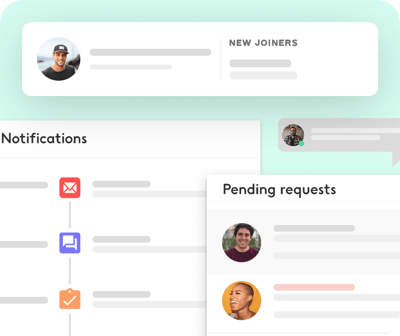 Kenjo HR software interface
Kenjo HR software interface
Benefits of HRIS for your company
Working with a Human Resources Information System brings a whole host of benefits for companies with over 30 employees.
- Efficiency: centralised working with everything in one single platform that includes everything you need for your daily tasks saves time and improves your department's results. This is, without a doubt, one of the main benefits of having HRIS software.
- Monitoring your strategy: a system that enables you to adequately monitor the information you need to make strategic progress within the department. So, it helps you make better decisions and upholds HR's work within the organisation.
- Data and record-keeping: HRIS software is an extensive registration and information storage system about all the changes that happened during an employee's life-cycle. It can become an extremely useful tool.
- Fulfilment of obligations: the system enables companies to comply with many of its obligations, including, for example, the storage of specific kind of information that must be stored for a certain period of time. For example, working hours should be kept for at least two years in compliance with UK labour laws.
- Connection with the HR department: When the HRIS software is made available to employees, they gain a new communication channel with the department that creates much smoother processes. Employees can manage their own affairs (such as absence or holidays) and communicate directly with the right person in HR.
- Automated notifications: another benefit of HR management systems is that you can activate notifications for the department's important benchmarks. One example would be every employee's performance review.
- HR cost optimisation: As HR software optimises and automates tasks, it reduces the time spent and the resources used, meaning the costs tend to decrease substantially (even up to 30%).
Characteristics of HR information systems
HRIS software generally has a series of basic characteristics. We highlight the main ones below:
Integrate with other platforms
Many HRIS software can be integrated with other independent programmes related to HR management to simplify the department's daily tasks. In other words, you can connect to Slack or Google calendar, for example, to facilitate unified management.
So, HRIS software is more than a collection of programmes for Human Resources. It's a flexible and configurable tool that meets the specific needs of each department.
Security and data protection
The HR department handles a vast amount of information, most of which is personal data. In light of this, it's crucial to find a solution that guarantees security and compliance with all current data protection laws.
What's more, the system usually updates itself as new security solutions or new personal data protection legislation arises. This means the company doesn't have to worry about a thing.
Flexibility and efficiency
Saving the HR department time is one of the main objectives of HRIS software, so they are designed to give you information quickly and instantly. Users can work swiftly and access information easily and in real-time. Consequently, these systems usually have a flexible, functional and intuitive design.
The end goal is to improve the department's efficiency, and HRIS software should always serve this purpose.
Collaboration between HR and employees
HRIS software is also a bridge between the personnel department and the company's employees. Staff can have access to different programmes to carry out tasks such as checking or downloading their payslip, send an absence authorisation, request holidays, etc. This gives them more independence and reduces the HR department's workload.
Features of human resource information systems (HRIS)
When choosing HRIS software, it's essential to pay close attention to the features it offers. Among the most important are:
Employee portal
Employees can easily and quickly take care of everyday tasks via a portal that's just for them; for example, clocking in and out, requesting holidays, uploading doctor's sick notes, etc. This means that the HR department and the employees are in direct contact and can exchange information easily.
Workflows
Task automation saves the HR department time and improves its effectiveness. It means they can set up instant notifications when holidays are approved or keep potential job candidates informed about the progress of their application. All this without using up time or resources.
Absence and leave
Absence and leave management is another task that takes up the HR department's valuable time if processes are not sufficiently optimised. A software make organising the attendance of your human capital and spotting potential problems that may affect business operation so much easier. It also enables you to find solutions in advance.
Recruitment and selection
Hiring new employees takes a great deal of time; a specific software, however, not only optimises a recruiter's work but also helps them to find and select the best professionals on the market. For example, you can post the offer in several portals at once and easily sift through applications.
Performance evaluation
All HR departments have the job of evaluating employee performance. An appraisal system helps you compile all the information you need and extract objective results that truly support the employee's career.
Org Chart
Every person in the company must understand the role they play, who to report to and who is in charge (if applicable). Having a clear organogram that's available to everyone is vital. Organogram software enables you to outline the structure easily and keep it up to date.
Reporting and analysis
The influence of the decisions HR makes in the company makes data analysis more important than ever, in addition to generating reports for decision-making based on accurate information. Creating reports can be tedious, but with the right software, you can get all the information you need in just one click.
As you can see, Human Resources Information Software helps the personnel department do their job more efficiently. With the help of this technology, they'll be able to focus on other things that bring more value to the company.
